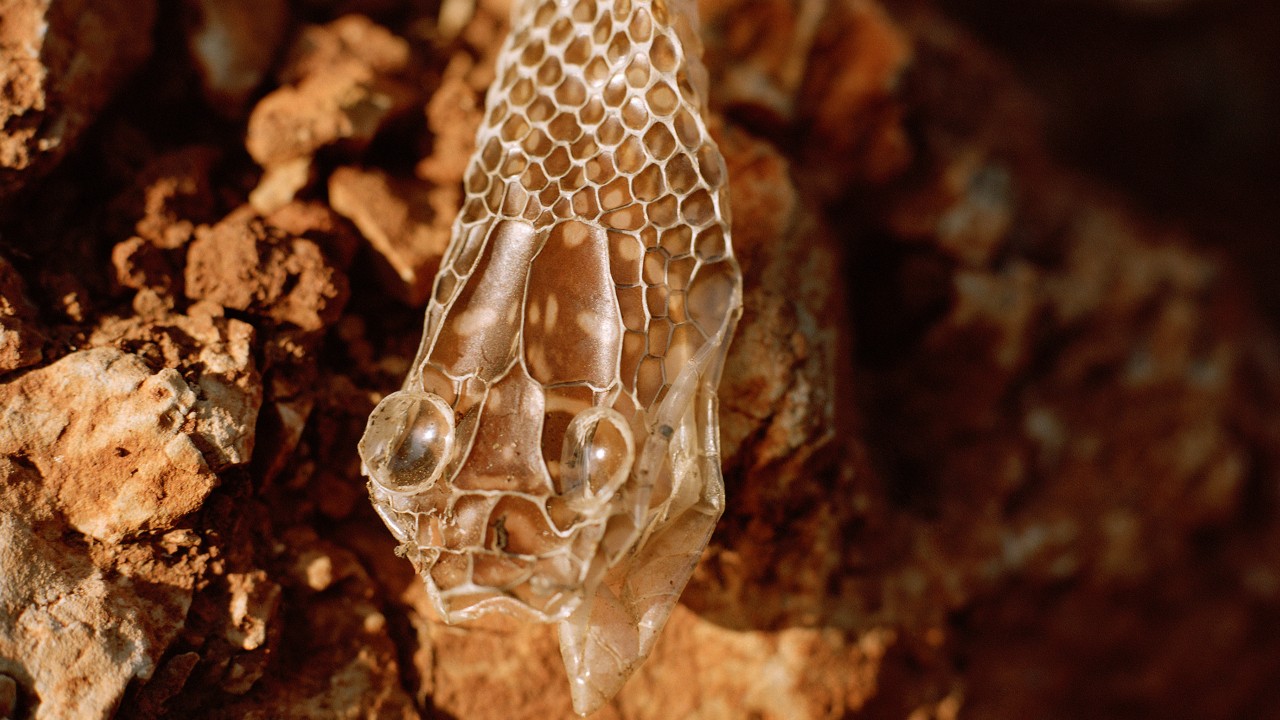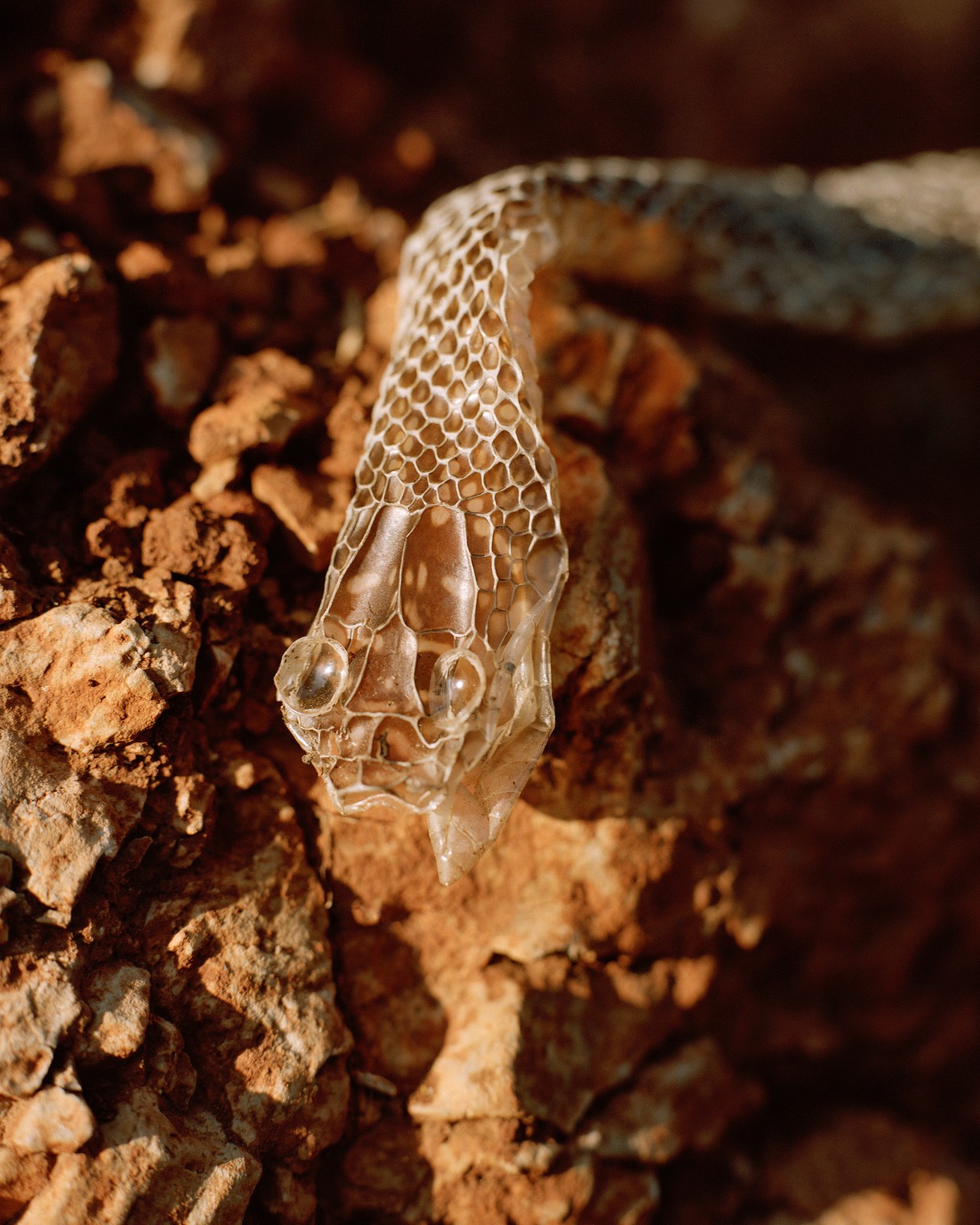

words by willow defebaugh
photographs by Bea De Giacomo
“You can’t rip the skin off the snake. The snake must moult the skin. That’s the rate it happens.”
—Ram Dass
Happy Lunar New Year, dear reader. This week, the world welcomed The Year of the Wood Snake in Chinese astrology. It combines the snake animal, which represents regeneration, wisdom, and transformation, with the element of wood, an emblem of growth, flexibility, and tolerance. I can’t think of a more relevant symbol to speak to our current moment, as we face a new administration that will require us to embody all of the qualities the wood snake represents.
The evolution of lizards into limbless serpents some 100 million years ago is one of the most pronounced transformations among vertebrates in the history of our planet. The leading theory is that it was to adapt to their habitats: though whether it was to subterranean or aquatic habitats is up for debate (both would have encouraged more streamlined bodies). And they survived the mass extinction event that killed the dinosaurs, since diversifying into over 3,000 species spread across the continents. Snakes transformed and survived—even through catastrophe.
Among those species, extraordinarily unique adaptations have emerged. Flying snakes are able to glide through forest canopies by flattening their bodies and slithering through the air in order to maneuver and make turns. The spider-tailed horned viper uses mimicry to hunt; its spiny tail has evolved to resemble a spider, attracting insect-eating birds that the viper then devours. And then there are brahminy blind snakes, all of which are female; they reproduce asexually through parthenogenesis, effectively cloning themselves. They found new, creative ways to thrive.
It’s clear why snakes are a symbol of regeneration: their capacity to shed their skin. In humans, our old or damaged cells are constantly being replaced by new ones. In snakes, all of their cells are replaced on the same timeline, as one unit rather than independent parts. When this occurs, the snake’s outermost cuticle—its old skin—becomes a danger to its health, so it molts. The process begins with the eyes, which turn milky blue as the eyecaps begin to loosen. The rest of the skin follows, and the snake eventually slithers out. Shedding their skin starts with fresh eyes.
Snakes are both reviled and revered, likely due to one facet in particular: their venom. Coastal and inland taipans produce the deadliest snake venom in the world, a potent mix of toxins that cause paralysis, blood hemorrhages, and prohibit breathing. King cobra venom, meanwhile, can kill an elephant in hours. But only around 600 snake species are actually venomous—and snake venom is also used medicinally, especially to treat coronary conditions. The Jararca pit viper has likely saved more human lives than any other animal. Snakes can be deadly, but also healing.
I’m holding the snake’s wisdom close during Trump’s second week back in office, throughout which he has issued more executive orders targeting vulnerable communities, including my own. It’s a particularly potent kind of venom when someone attacks not only your rights, but who you are as a person. And while that is especially true for trans people right now, I believe it’s true for all of us. It’s this new administration’s strategy to create chaos and urgency so that we become overwhelmed and lose sight of ourselves. I refuse to fall prey to these tactics.
If there were ever a time to get clear about who we are, it’s this one. We each have a unique part to play in this transformative moment. We must shed our skin and become more ourselves as we molt the ways of being that are no longer serving us. And that begins with clear vision. It falls to each of us to learn how to make medicine from poison. This will not happen overnight; transitions never do. The snake molts as it is ready. Again, and again, and again.
Shedding Skin: The Year of the Wood Snake